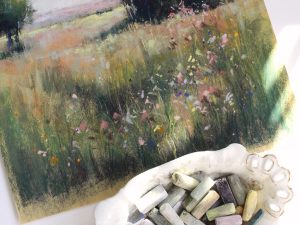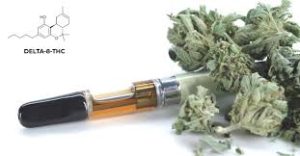If you’ve mastered the basics of 和諧粉彩, the next step is to explore more advanced techniques that will elevate your art. An advanced pastel painting lessons dives deep into the nuances of color theory, texture manipulation, and complex compositions, helping artists refine their skills and develop their unique artistic voice.

Mastering Color Theory in Pastels
While color is an essential component in any painting, pastel artists can create stunning color harmonies by understanding how colors work together. Advanced pastel courses often focus on:
Complementary Colors: Using contrasting colors (like red and green) to create vibrant, eye-catching compositions.
Analogous Colors: Choosing colors next to each other on the color wheel, which create smooth, harmonious transitions.
Tints, Tones, and Shades: Learning to manipulate colors with different levels of lightness or darkness helps create depth and mood in the painting.
Pastels offer unique opportunities to experiment with color because the medium itself is composed entirely of pigment. By mastering color theory, artists can experiment with layering multiple colors and creating stunning visual effects.
Texture Manipulation: Creating Depth and Detail
An advanced pastel painting course will teach you how to create detailed textures that elevate the realism of your artwork. One common technique used by professional pastel artists is scumbling. This involves applying a thin layer of pastel over a rough texture, which allows the underlying colors to show through while adding texture to the surface.
Creating Different Textures
Hair and Fur: Achieving realistic hair or fur requires understanding the direction of the strokes and how to layer colors to simulate fine details.
Skin and Fabric: For portraiture or still life, knowing how to use pastels to render soft skin tones or the folds in fabric can give your artwork a realistic, lifelike quality.
Working with Underpainting Techniques
An essential skill learned in an advanced pastel course is the use of underpainting. Underpainting is the process of creating a preliminary layer of color or tonal values before applying the final layers of pastel. This technique is particularly effective for creating depth in your composition, especially for more complex subject matter like landscapes and portraits.




